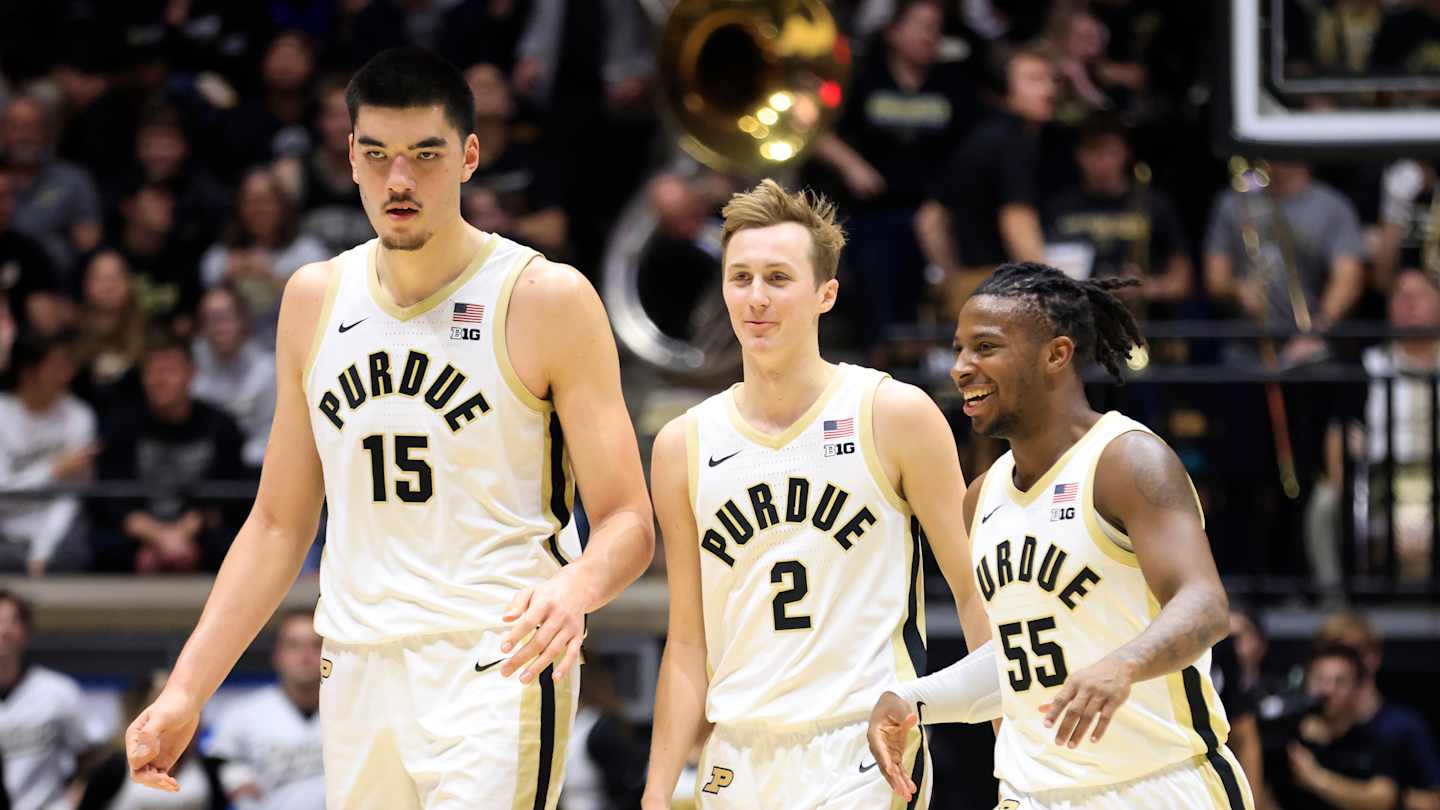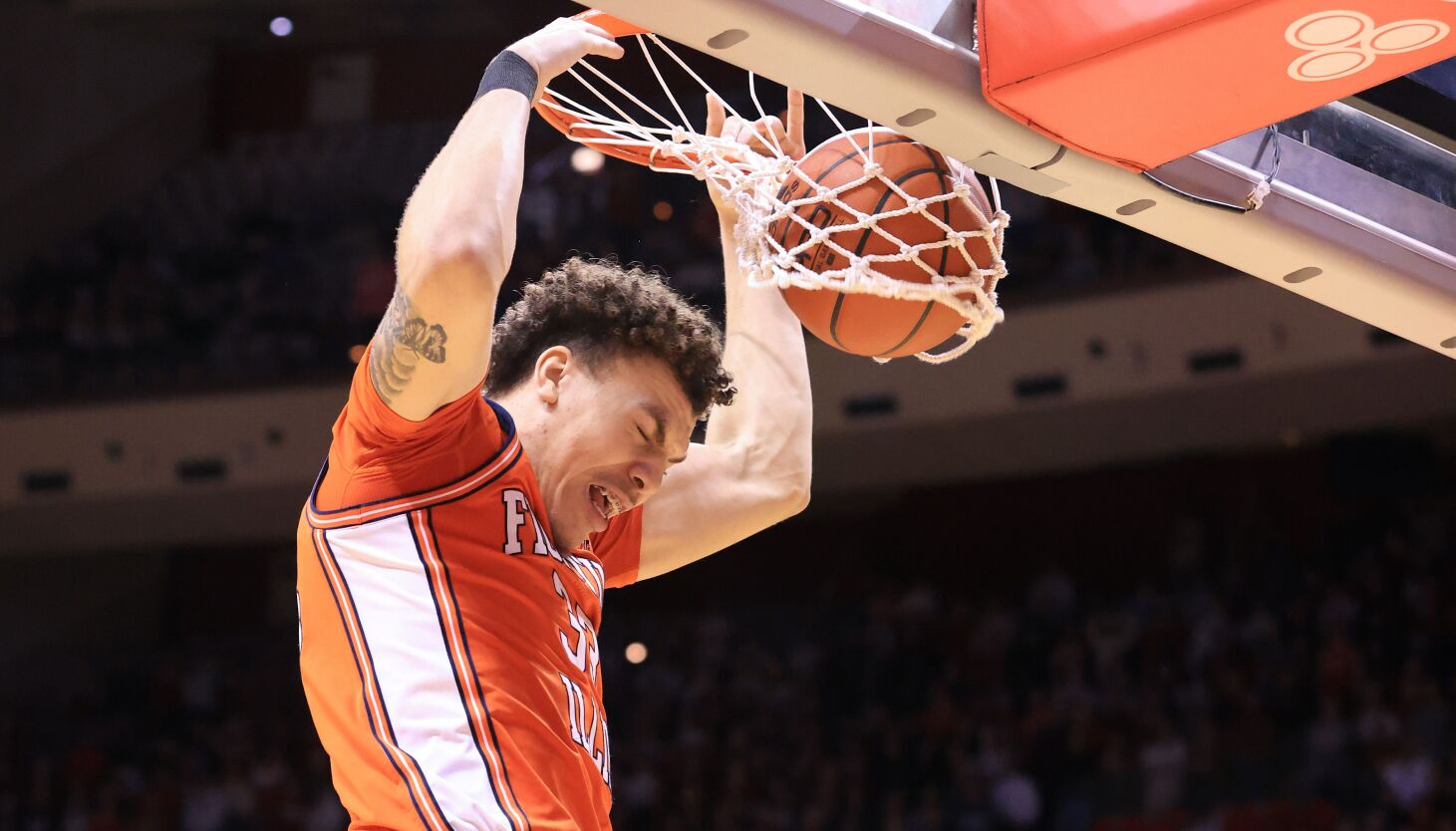BleedGopher
Well-known member
- Joined
- Nov 11, 2008
- Messages
- 63,807
- Reaction score
- 22,256
- Points
- 113
Per Cole:
Although this is the most talented group that Ben Johnson has had in his three years leading the Gophers, Minnesota’s NCOS -- which currently ranks dead-last in college basketball, according to KenPom -- is nothing to be proud of.
In their two toughest tests in non-conference play, the Gophers blew a 20-point second-half lead to Missouri and fell in blowout fashion to San Francisco.
Because the Gophers do not have a quality win in non-conference play, it's hard to accurately gauge how well this team can perform come Big Ten play in January.
It's clear that there is a talent upgrade as the Gophers were able to win comfortably despite the recent absence of their leading scorer, Dawson Garcia (18.2 PPG). Mike Mitchell, Joshua Ola-Joseph and freshman Cam Christie have stepped up -- but can this solid core step up again with increased competition?
Minnesota will play Maine on Friday, Dec. 29 before reopening Big Ten play at Michigan on Thursday, Jan. 4.

 bustingbrackets.com
bustingbrackets.com
Go Gophers!!
Minnesota Golden Gophers: C-
Minnesota may stand at 9-3 (1-1), but their best non-conference win is…Florida Gulf Coast? Ball State?Although this is the most talented group that Ben Johnson has had in his three years leading the Gophers, Minnesota’s NCOS -- which currently ranks dead-last in college basketball, according to KenPom -- is nothing to be proud of.
In their two toughest tests in non-conference play, the Gophers blew a 20-point second-half lead to Missouri and fell in blowout fashion to San Francisco.
Because the Gophers do not have a quality win in non-conference play, it's hard to accurately gauge how well this team can perform come Big Ten play in January.
It's clear that there is a talent upgrade as the Gophers were able to win comfortably despite the recent absence of their leading scorer, Dawson Garcia (18.2 PPG). Mike Mitchell, Joshua Ola-Joseph and freshman Cam Christie have stepped up -- but can this solid core step up again with increased competition?
Minnesota will play Maine on Friday, Dec. 29 before reopening Big Ten play at Michigan on Thursday, Jan. 4.

Big Ten Basketball: Grading each team's non-conference performance
The end of the non-conference portion of the season is near, meaning it is time to grade how each Big Ten team has fared in non-conference play.
Go Gophers!!

